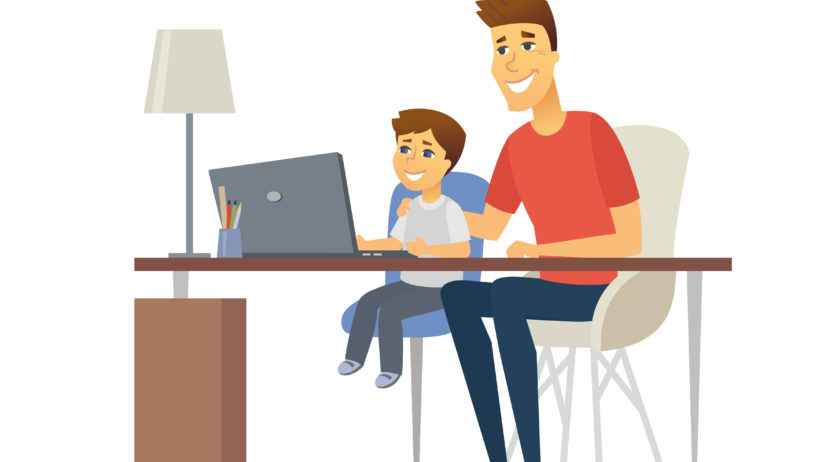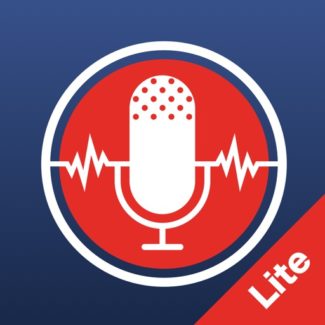See if this sounds familiar to you: You and your child are sitting at the kitchen table. It is 9:00, one hour past their bedtime. A blank notebook sits in front of them, three sharpened pencils to the right. An essay is due tomorrow. No amount of prompting or questioning or encouraging has led to words being placed onto the paper. You are frustrated, your child is frustrated, and time is running out…
Writing is a multifaceted process that involves word-finding skills; an understanding of sentence construction, organization, task persistence, and time management; knowledge of the topic one is writing about; and capacities for expressive language. Doing all of these tasks at once can be overwhelming, and other factors such as proficiency in spelling, handwriting, typing, and getting one’s thoughts onto paper can hamper students’ abilities to complete writing assignments.
Fortunately, there are many apps and technologies that can assist students with writing tasks. Tools such as spell checkers and word processing programs are now the norm. Graphic organizers are also widely used in constructing written assignments. Mastery of typing skills can make an enormous difference for students who have slow or sloppy handwriting. But what if your child is still struggling with getting their ideas out of their head and onto the screen?
Dictation is one of the most powerful tools to help students improve when they are struggling with writing skills and reduce the frustration that many kids have with getting their thoughts onto paper. At the very least, kids who use dictation for idea generation can do it quickly and in a form that allows for simple organization. Obviously kids who master dictation can also use it for longer writing assignments, but it may be additionally helpful in several other academic areas, as well.
Here are four apps/programs for parents to try with their child that feature dictation:
Dictation can be a great way to take down simple notes and observations. This is because it is fairly easy to learn the basics. Dictation can help with organization even if children use it just to make to-do lists. Google Keep is an app that functions like a cork board of posted notes. The user can type their notes, draw pictures, and use the voice memo function to create a board of ideas. This app is great for smaller projects where the user might need to create a quick to do list or note but it is not recommended for longer dictation projects. Google keep is available for free for Android and iOS.
GBoard is an app that works alongside your phone to provide Google services, including voice typing. The user downloads the app, allows the app access through the phone’s keyboard settings and then can immediately use the functions. GBoard can also provide Google Translate services so if students are working on a foreign language project they do not need to toggle between looking words up and dictating their assignment. GBoard also features glide typing, a way to move your finger very quickly over several keys to spell out words. This can be useful if students struggle with tap typing as well. GBoard is a free app for Android and iOs.
Once you get the hang of it, dictation is a really fast way to create a written draft. For students who need to work their way through a longer piece of writing, such as a book report or short story, they may find that the Google Docs Voice Typing feature is extremely helpful. You access this feature by clicking on Tools in the top menu and click on the microphone icon to begin recording. Practice for a while using a measured, even tone of voice before moving onto longer passages. Students can dictate punctuation as well but they can also go back and add it in their editing process. Google Docs Voice Typing is a free feature within Google Docs.
A benefit of phone-based dictation software is that you can dictate virtually anywhere. Most dictation programs require an Internet connection, but if it’s on a smartphone, you’ve got it. If you want to dictate longer passages on your smartphone, Speechy Lite is another option. The Lite version of the app is free but additional features can be obtained by purchasing the whole version. Simply click on the microphone button and speak into your phone. The resulting text can then be sent to your computer, texted to someone, or placed into Google Docs for further editing. For students who are learning a foreign language, the target language can also be changed in the settings, allowing your child to dictate in Spanish, French, Korean, etc. Speechy Lite can be found on both Android and iOs.
What is your biggest challenge with getting your children to write? Share your thoughts in the comments below!







